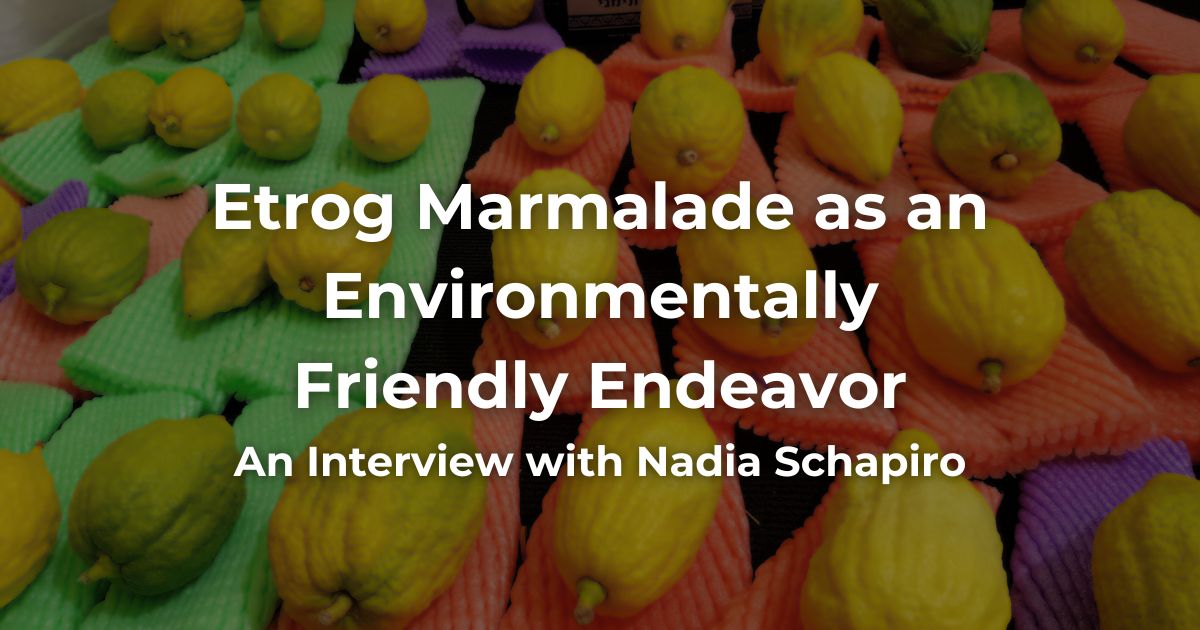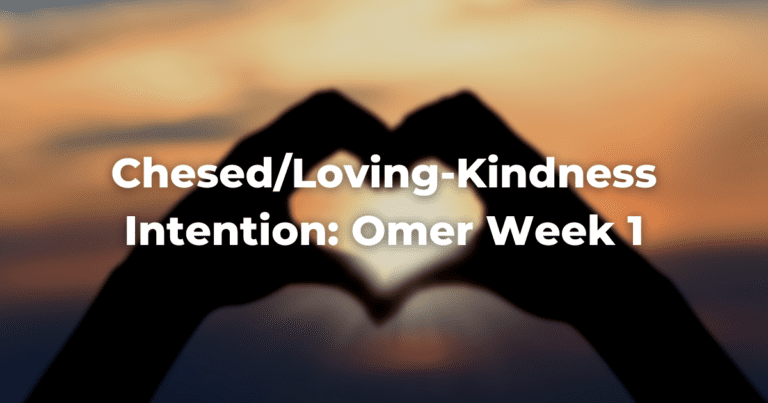Nadia Schapiro is a mother of six, a grandmother of one, and an active professional. As a doctor who observes Jewish holidays, she enjoys cooking for her family and friends. In Berlin, she is renowned for her etrog preserve, a passion she began exploring two decades ago. Now, she hopes to inspire others to follow her example.
Why did you start making etrog marmalade?
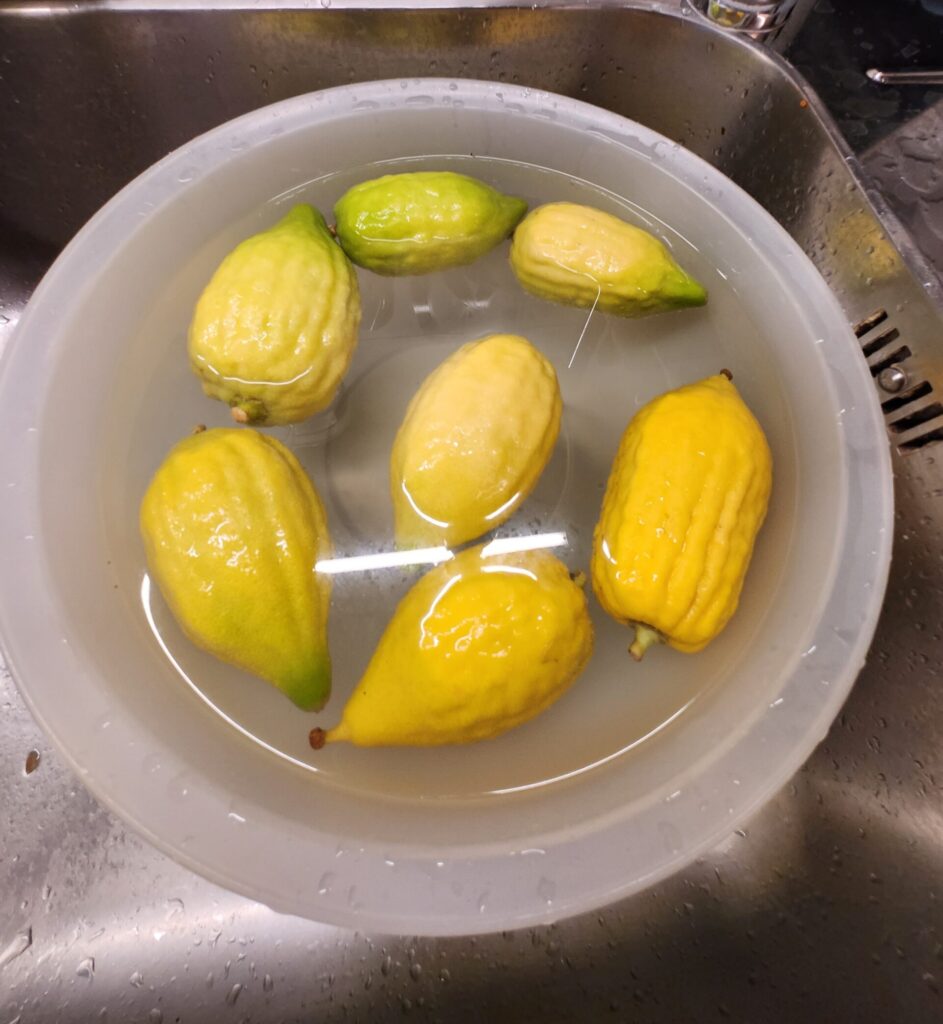
Normally, at the end of Sukkot, I would find myself stuck with a lot of etrogim. Since etrogim are considered objects of a mitzvah, I can’t just throw them away. While I learned in school that you can make items for the besamim (spices) of the havdalah set (for example, by poking cloves into the etrog before it dries), you will only be able to use one or two at most. One year, my children made etrog perfume at school, but the outcome wasn’t very good.
How did you learn about the marmalade recipe?
I started researching and discovered a recipe book written by my mother. It included an old recipe for orange marmalade from an elderly lady who claimed it was passed down from her grandmother from the early 20th century. I found the recipe complicated, but thought I could adapt it for etrog marmalade. I also found ideas on some American websites that talked about the tradition of etrog marmalade. After several years experimenting, I perfected my own recipe, and I have been making it ever since.
How did you increase your production?
When people found out I was making etrog marmalade, they began to donate their etrogim. I started receiving anywhere from 10 to 20 etrogim. Everyone who contributed got a small jar of the marmalade in return.
So you transform their etrogim into marmalade and give it back to them?
Yes! Many people don’t know what to do with their etrogim and feel stuck since they can only let them dry and end up collecting two or three dried etrogim each year. For a lot of people, this is a relief; it’s a win-win situation for everyone.
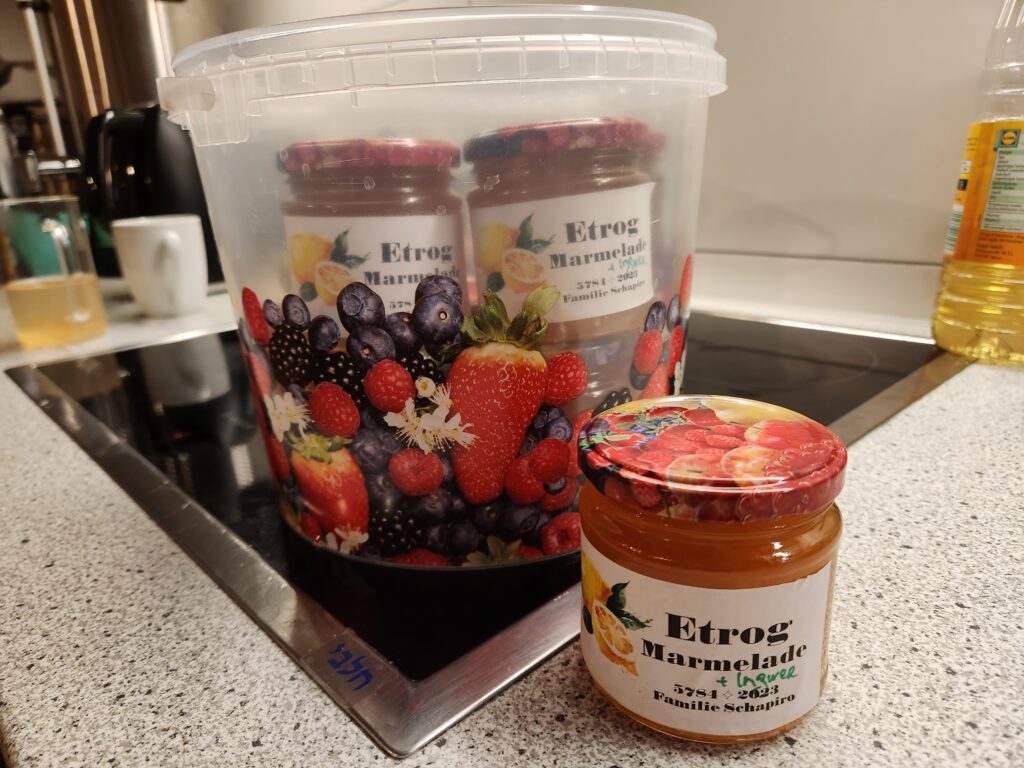
Do you only make marmalade?
I mainly make marmalade, but I also produce etrog liqueur and etrog schnapps. Initially, I didn’t have enough etrogim, so I used other fruits like apples or quinces to extend the quantity. There’s a rabbinic saying that pregnant women should eat etrog marmalade because the TorahRefers to the first five books of the Hebrew Bible, the Tanakh, also called the Five Books of Moses, Pentateuch or the Hebrew equivalent, Humash. This is also called the Written Torah. The term may also refer to teachings that expound on Jewish tradition. Read more refers to the etrog as the fruit of the beautiful tree. The TalmudReferring to one of two collections, the Jerusalem and Babylonian Talmuds, edited in the 6th century, that contains hundreds of years of commentary, discussion, and exploration of the ideas in the Mishnah. One could describe it as Mishnah + Gemara = Talmud Read more suggests that if a woman eats it, she will bear beautiful children (Ketubot 61a). Since I learned this, I try to give pregnant women a little jar of etrog marmalade for this blessing.
Has this experience become a special taste of the Sukkot season for you?
We enjoy eating it year-round. The family loves the taste; we generally prefer orange marmalade and flavors that are not overly sweet but have a slight bitterness. When I have a surplus, I mix the marmalade into the dough when baking a cake. It adds a wonderful flavor, serving as a great alternative to lemon zest.
How long have you been making this?
I have been making etrog marmalade for about 20 years. People who know I do this often donate jars. Last year, one woman even requested her seeds back because her husband is attempting to grow etrog trees at home. It’s challenging in our climate, but he’s managed to grow small plants, though not full trees yet.
This is an interesting project; it seems to have built a community around it.
Absolutely. People begin messaging me about a week before Sukkot to ask if I’m still making it. Initially, I had to reach out, but now people contact me directly. Last year, despite wanting to keep it low-key because I was busy, I suddenly received many etrog donations. For me, it felt like a sign that God wanted me to continue this. Sometimes I even receive anonymous donations, with no expectation of anything in return. As far as I know, I’m the only one doing this here in Berlin.
Probably because it requires a lot of work!
Actually, it’s not too labor-intensive. It just takes a short evening to prepare and another evening to jar it. If you’re only making one or two etrogim, it’s quite easy. I would love to encourage people to try it. Unfortunately, organizing a workshop has been challenging due to the limited time frame; etrogim are only available for a week after Sukkot, before they start to dry.
You might be able to use lemons or oranges as a substitute for teaching purposes.
It is a good idea, but using etrog is more challenging because you need to peel it. Organic etrogim aren’t available. However, I can buy organic lemons and oranges, which means I don’t have to peel them. Etrogs are treated with chemicals to make them shiny, prevent them from spoiling quickly, and avoid brown spots, which makes their peel not suitable for eating. I would really love to find organic etrogim; perhaps they are available in California or Italy.
This could be a great opportunity to make that call.
Yes, that’s a good idea! I would love to make an impact by inspiring people to try this recipe and advocating for the availability of organic etrogim as well.
Etrog Jam Recipe
1. Wash the etrogim with very hot water.
2. Peel them to remove the skin, unless they are organic and free of pesticides
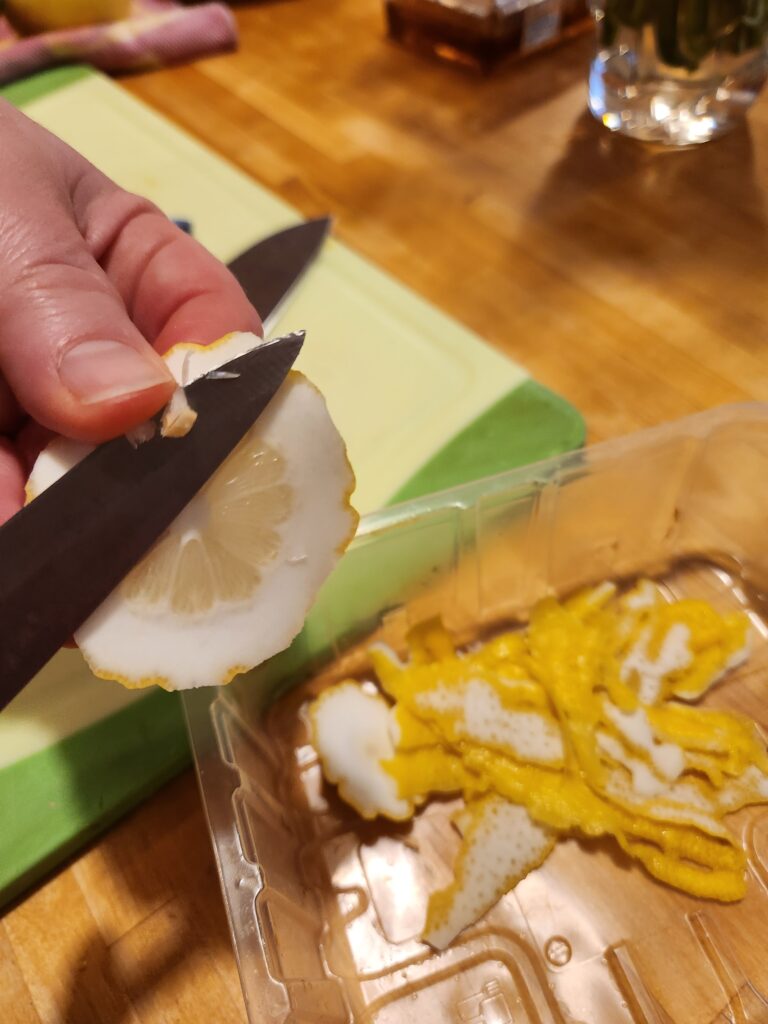
3. Cut into very thin slices.
4. Remove all the seeds. This must be done extremely carefully because the seeds have a bitter taste.
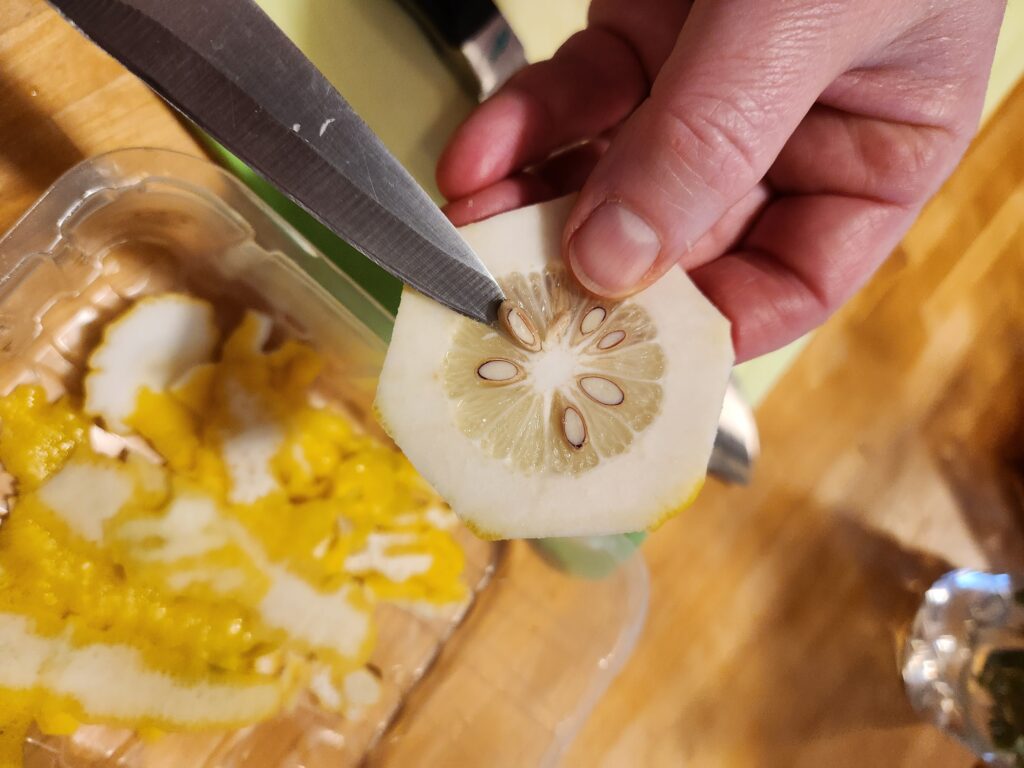
5. Place the thin, seedless slices in cold water for 24 hours and store in a cool place. Change the water after 24 hours, and leave covered with water for another 24 hours. Discard this water as well.
6. Cut the slices as you wish: in halves or quarters or thin strips.
7. It is possible to add other fruits: apples, quinces. Cinnamon and cloves also go well with it, as does vanilla.
8. Weigh the fruit and add the same amount of gelling sugar and the same amount of water.
9. Slowly bring everything to a boil and cook very carefully over a very low heat, stirring constantly so that it does not burn. Simmer for approx. 1-1.5 hours and leave everything to cool.
10. Rinse the jars and lids with boiling water, fill with jam, seal immediately, and store in the refrigerator.
Note: Many etrogim are not suitable for consumption.
Author
-

Journalist. Msc. in Anthropology. She was a fellow in the first cohort of the Exploring Judaism's Writer's Fellowship. South American Rabbinical Student in Europe. Mother of two fantastic daughters. Love to practice yoga, meditate and to cook for family and friends. Currently doing research on food & identity for Phd on Jewish Theology at Paderborn University, Germany.
View all posts

